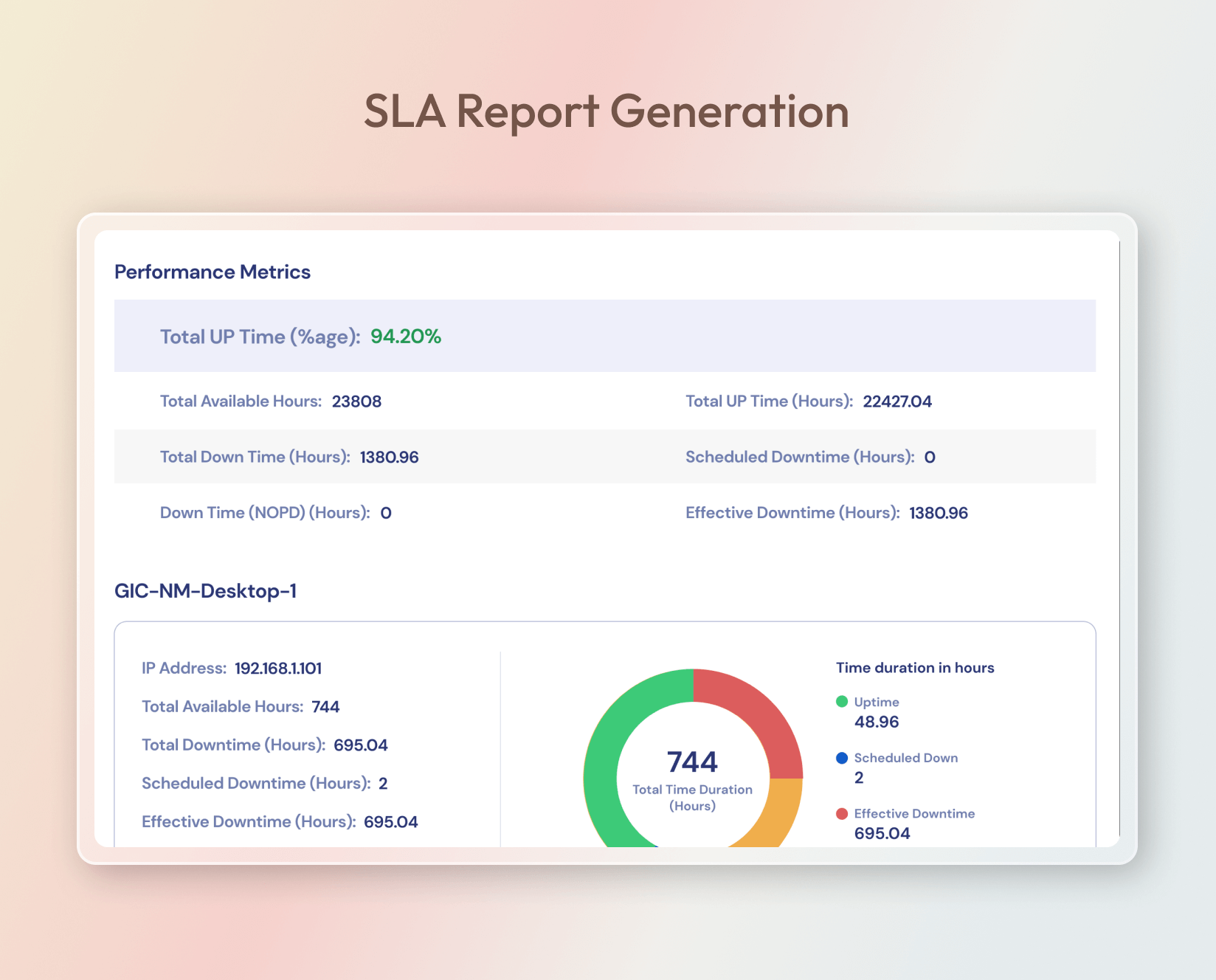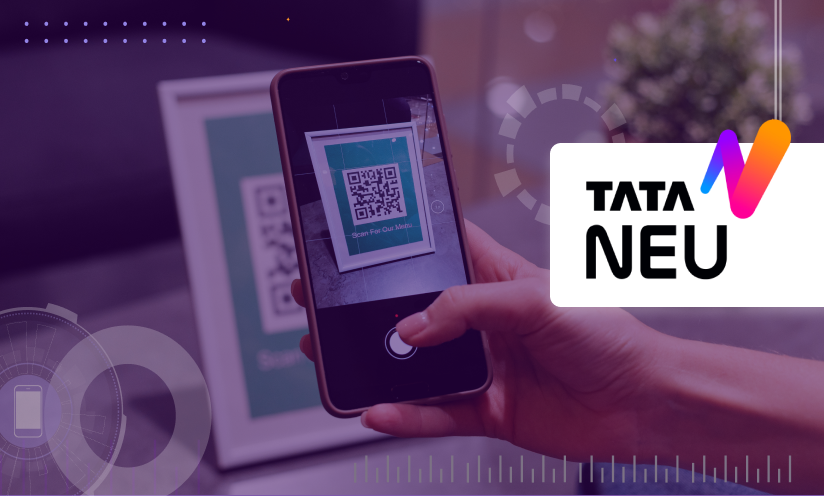Prayagraj Smart City
Designed SaaS for Monitoring all IP based devices in Smart School
- Data, AI and Analytics

Overview
Ashoka Auriga Technologies Pvt. Ltd., established in 2008, is a non-government company registered in Mumbai. They mainly work with government agencies and implement technology solutions to various government infrastructure projects.
With the Smart School Project-Prayagraj, Ashoka Auriga Technologies Pvt. Ltd and Auriga IT teamed up to create a smart solution that could oversee and control various IP-based network devices, such as projectors, desktops, firewalls, and servers. The solution was aimed to offer a holistic view of all the devices and track their health status.
Challenges
- No Real Time Visibility- The client is involved in multiple projects that require the installation of network-based devices at various project sites. However, they currently lack a system that can monitor the real time visibility & health status of these devices.
- Absence of SLA Monitoring Tool- The client, involved in various projects, needs network-based devices installed at different sites. These projects consistently require SLA reports for efficient monitoring and compliance.
- Lack of Historical Data- There was a requirement for a system capable of capturing historical data, specifically the total uptime within a given time frame. This data is crucial for providing performance insights and facilitating informed decision-making regarding network infrastructure.
Solutions
We implemented a SaaS solution that uses ping requests over ICMP protocol to check the network connection status of IP-connected devices. We used ICMP (Internet Control Message Protocol) and ping data to calculate device uptime and downtime. We developed a scalable cloud-based solution for diverse locations offering:
- Live Monitoring Dashboards- A network device monitoring solution that uses ping requests to determine the connection status of devices on an IP network was developed by us. It collects data to calculate device uptime, and real-time status updates are provided through analytical dashboards.
- SLA Report Generation- A feature was introduced by us that enabled the generation of reports on the service quality of every IP-based connected system, such as projectors, desktops, firewalls, servers, etc. These Service-Level Agreement (SLA) are popularly used as a standard by companies to measure the service performance of a system and are very critical to adhere to the service quality standards. Our application automatically generates SLA reports at the end of the SLA period which can be configured in the system. Reports are highly flexible to suit requirements of various public sector enterprises.
- Historical Data Access- Devices at a location are periodically pinged by our solution, their status is determined, and historical data for uptime calculation is accumulated. This data is stored in a centralized database, which can be accessed anytime for performance insights and to aid in informed decision-making about network infrastructure. It also helps in assessing the long term health of various network based devices and how well have they performed over time. This generally is very useful for the teams responsible for maintaining the network infrastructure.
Business Outcomes
- Improved Real time Visibility– The solution uses the IP network to check device accessibility via ping requests. Devices are pinged periodically at a location, indicating connection or disconnection. This provides real-time visibility. A client is installed for LAN-connected devices to execute pinging and synchronize data with the server. Users can view device status through dashboards.
- Streamlined Operations- The solution simplified device monitoring, improving scalability, real-time visibility, and operational efficiency across locations. Analytical dashboards and reports, which were made accessible to users, aided in making informed decisions and improving network efficiency and resource allocation.
- Better SLA Compliance- The devices were monitored in real-time by the solution, which quickly detected and resolved any issues. This ensured consistent adherence to the SLA standards and minimized disruptions.
- Informed Decisions- Users were able to make informed decisions, improving network efficiency and resource allocation, as all historical data was readily accessible. This was facilitated by the use of analytical dashboards and reports.
Related Case Studies

SLA Financials






